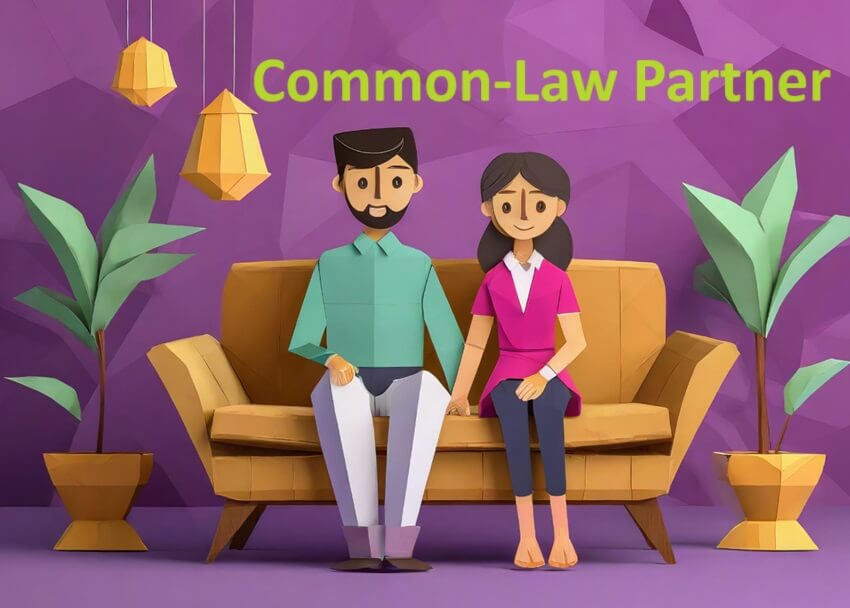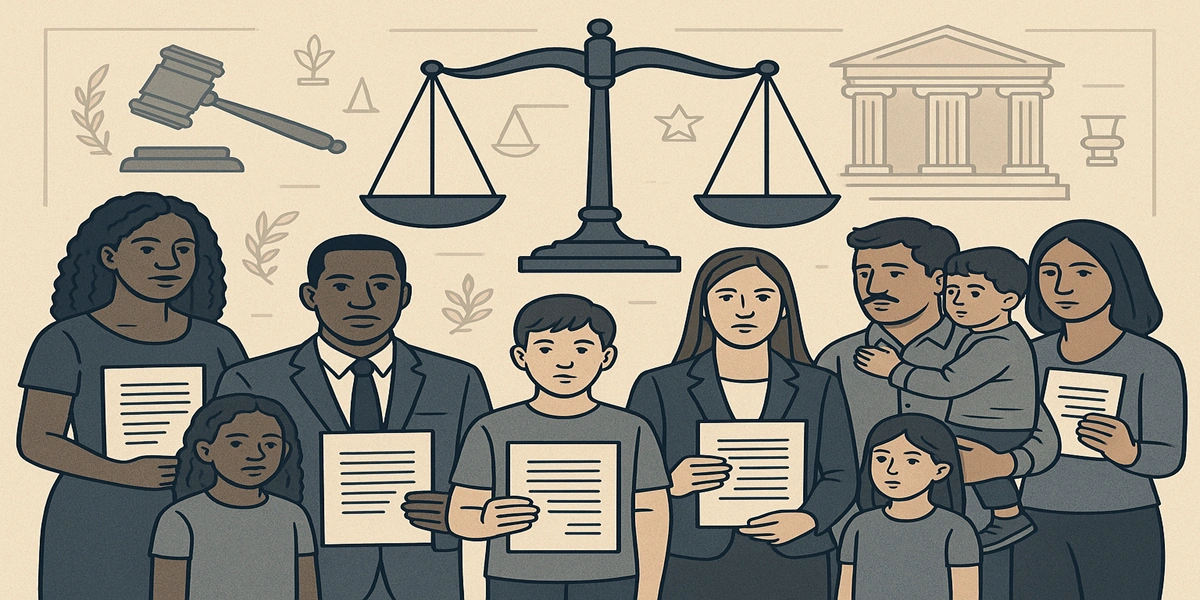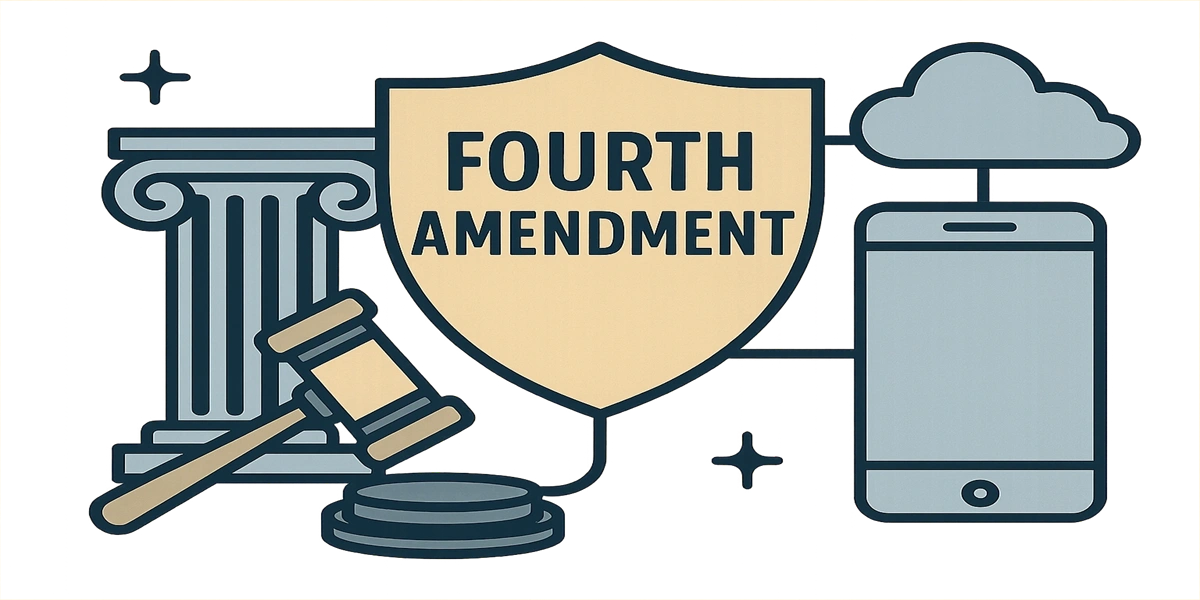Definition of Common-Law Partner in Canada
In Canada, a Common-Law Partner refers to a person who has been living with their partner in a conjugal relationship, continuously for a specified period of time. This period varies depending on the province or territory, but generally ranges from one to three years. Unlike married couples, Common-Law Partners are not legally married, but they share a relationship that is recognized under the law.

The status of a Common-Law Partner is important in various legal aspects, such as property rights, child custody, and support. Understanding the criteria to be considered a Common-Law Partner is crucial in determining the legal rights and responsibilities that come with this relationship status. Overall, being recognized as a Common-Law Partner in Canada entails certain legal implications that should not be overlooked by individuals in such relationships.
Rights and Responsibilities of Common-Law Partners
In Canada, common-law partners have certain legal rights and responsibilities that come with their relationship. These rights include spousal support, inheritance rights, and the right to make decisions about each other’s medical treatment in case of incapacity. Common-law partners also share responsibility for any debts incurred during the relationship, similarly to married couples.
It is important for common-law partners to be aware of their rights and responsibilities, as they may differ from those of married couples. Unlike married couples, common-law partners do not have an automatic right to share in each other’s property in the event of a separation. However, they may still be entitled to certain property rights if they have made significant contributions to the relationship or property. Additionally, common-law partners have a duty to support each other financially during the relationship and may have obligations towards any children they have together.
How to Establish a Common-Law Relationship

To establish a common-law relationship in Canada, couples must cohabit for a specific period of time depending on the province or territory they reside in. Usually, this period ranges from one to three years, during which the partners live together in a conjugal relationship. Simply living together does not automatically make a couple common-law; there must be a shared intention to form a life together.
In addition to cohabitation, other factors play a role in determining the establishment of a common-law relationship. These factors include presenting yourselves as a couple to family and friends, sharing financial responsibilities, and making joint decisions about your lives together. It is essential to be aware of the legal implications of common-law partnerships, as they may differ from those of marriage.
Factors Considered in Determining Common-Law Partnership
When determining whether a couple qualifies as common-law partners in Canada, several factors come into play. One important consideration is the length of time the couple has been living together. Each province may have its own specific requirements, but generally, a relationship of one to three years is commonly cited as a benchmark for establishing common-law status. Other factors that may be taken into account include whether the couple presents themselves as a couple socially, their financial interdependence, and the extent to which they share responsibilities and make decisions together.
Furthermore, the nature of the couple’s living arrangements can also influence the determination of a common-law partnership. Factors such as joint ownership of property, shared expenses, and the integration of their lives can all be indicative of a committed relationship akin to a marriage. While these factors are not exhaustive and each case is considered on its own merits, they provide a framework for assessing the nature and extent of a couple’s relationship in the eyes of the law.
Differences Between Common-Law and Marriage in Canada
When it comes to common-law relationships versus marriage in Canada, one key distinction lies in the legal status granted to each. Marriage is a formalized union that requires a marriage certificate from the government, indicating a recognized and registered relationship. In contrast, common-law partnerships are not formalized through a legal ceremony or documentation; instead, they are established based on the length of cohabitation and other criteria as determined by each Canadian province or territory.
Another significant difference between common-law partnerships and marriage in Canada pertains to the rights and obligations conferred upon each type of relationship. Married couples benefit from a set of legal rights and responsibilities, such as automatic inheritance rights, spousal support, and access to certain government benefits. On the other hand, common-law partners do not automatically receive the same rights and benefits as married couples, requiring them to take proactive steps to establish legal protections for themselves and their relationship.
Legal Recognition of Common-Law Partnerships in Canada
Legal recognition of common-law partnerships in Canada varies by province and territory, as each jurisdiction has its own laws governing these relationships. In general, common-law partners are not given the same legal status as married couples, but they are recognized for certain rights and obligations under the law. For example, in cases of separation, common-law partners may be entitled to spousal support and division of property, depending on the length of the relationship and other factors.
It is important for individuals in common-law relationships to understand their legal rights and responsibilities, especially in the absence of a formal marriage. While common-law partners may not have the same automatic legal rights as married couples, they can take steps to protect themselves by entering into cohabitation agreements or creating wills that specify their wishes in the event of death or separation. Seeking legal advice can help common-law partners navigate the complexities of their legal status and ensure that their rights are upheld in accordance with the law.
Common-Law Partnerships and Property Rights
In Canada, common-law partners do not automatically have the same property rights as married couples. When it comes to property acquired during the relationship, the laws surrounding common-law partnerships can be complex. In the event of a separation, the division of property can be determined based on various factors, such as who contributed to the acquisition of the property and in what capacity.
It is important for common-law partners to understand that without a legally binding agreement outlining property rights, the division of assets can become a contentious issue. Seeking legal advice to clarify property rights and responsibilities can help avoid disputes in the future. Establishing clarity on property ownership and division can provide both partners with a sense of security and protection in the event of a breakdown of the relationship.
Child Custody and Support for Common-Law Partners
When common-law partners decide to part ways, issues regarding child custody and support may arise. In Canada, the rights and responsibilities of common-law partners in these matters are treated similarly to those of married couples. The paramount consideration is the best interest of the child, taking into account factors such as the child’s emotional and physical well-being, the relationship with each parent, and the ability of each partner to provide a stable and loving environment.
Child support laws in Canada also apply to common-law partners, obligating the non-custodial parent to contribute financially to the upbringing of the child. The amount of support is typically determined based on the paying parent’s income, the number of children involved, and any special needs the child may have. It is crucial for common-law partners separating to come to a mutual agreement or seek legal assistance to ensure that the child’s needs are met adequately.
| Read More Topics |
| Professional negligence in tort law |
| Maintenance and champerty in tort |
| Communication between husband and wife |





